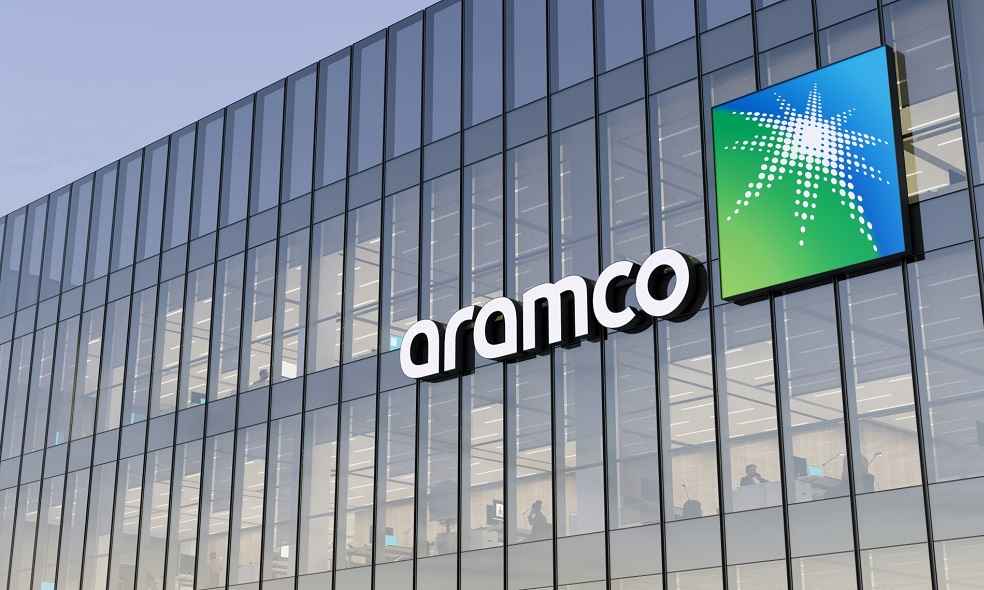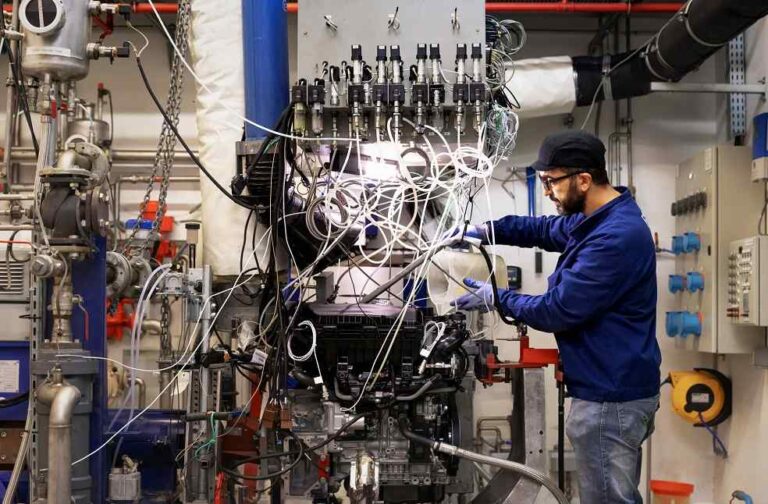World sustainability efforts received a boost as Stellantis and Aramco released results from their pioneering research on eFuel compatibility. This announcement from two industry giants offers insights into the evolution of internal combustion vehicles and their trajectory within the ecological transition.
Stellantis, an automotive powerhouse, confirmed that 24 engine families from European vehicles manufactured since 2014 can operate using advanced eFuel. This revelation implies that 28 million vehicles traversing European roads can adopt this innovative fuel solution without powertrain alterations. Comprehensive tests, executed across Stellantis’ European technical centers, utilized surrogate eFuels crafted by Aramco, a titan of the energy and chemicals domain.
Low-carbon eFuel, a groundbreaking synthetic concoction, blends CO2—procured from atmospheric extraction or industrial sources—with renewable hydrogen. This avant-garde fuel promises a remarkable 70% reduction in carbon dioxide emissions from internal combustion vehicles compared to traditional fuels.

Ned Curic, Stellantis’ Chief Engineering and Technology Officer, accentuated the research’s significance, stating, “Our priority is providing zero-emission mobility for all with a focus on electrification, while our collaboration with Aramco is an important and complementary step in this journey for existing fleets on the road. We are exploring all solutions to reinforce our ambitious strategy of becoming a carbon net zero company by 2038. Drop-in eFuels can have a massive and almost immediate impact on reducing the CO2 emissions of the existing vehicle fleet, offering our customers an easy and economically efficient option to reduce their carbon footprint — one as simple as choosing a different fuel pump at the station, with no additional modification to their vehicles.”
Echoing this optimism, Amer Amer, Aramco’s Transport Chief Technologist, exhibited enthusiasm about their alliance with Stellantis. He emphasized that results bolster the belief that synthetic fuel can seamlessly integrate with current vehicles, playing a crucial role in diminishing transport carbon emissions.
On a broader scale, Stellantis’ visionary strategy, “Dare Forward 2030,” underscores their commitment to diminish their carbon footprint by 2030, referencing 2021 data, with an aspiration of carbon neutrality by 2038. The automaker projects that deploying low-carbon eFuels in their European fleet might lead to a profound reduction of 400 million tons of CO2 between 2025 and 2050.

Aramco, on the research frontier, engages with two demonstration plants to probe the production of low-carbon synthetic fuels. Collaborative ventures in Saudi Arabia and Spain are active, delving into the viability of synthetic gasoline for passenger vehicles and low-carbon synthetic diesel and jet fuel for both road and air transport.
To encapsulate, the union of Aramco and Stellantis isn’t merely a business collaboration. It stands as a testament to a brighter, greener tomorrow, showcasing the potential and relevance of existing internal combustion vehicles in an eco-conscious era.
DON’T MISS | Magna’s 2050 Net-Zero Aim: Boosting Sustainable Auto





